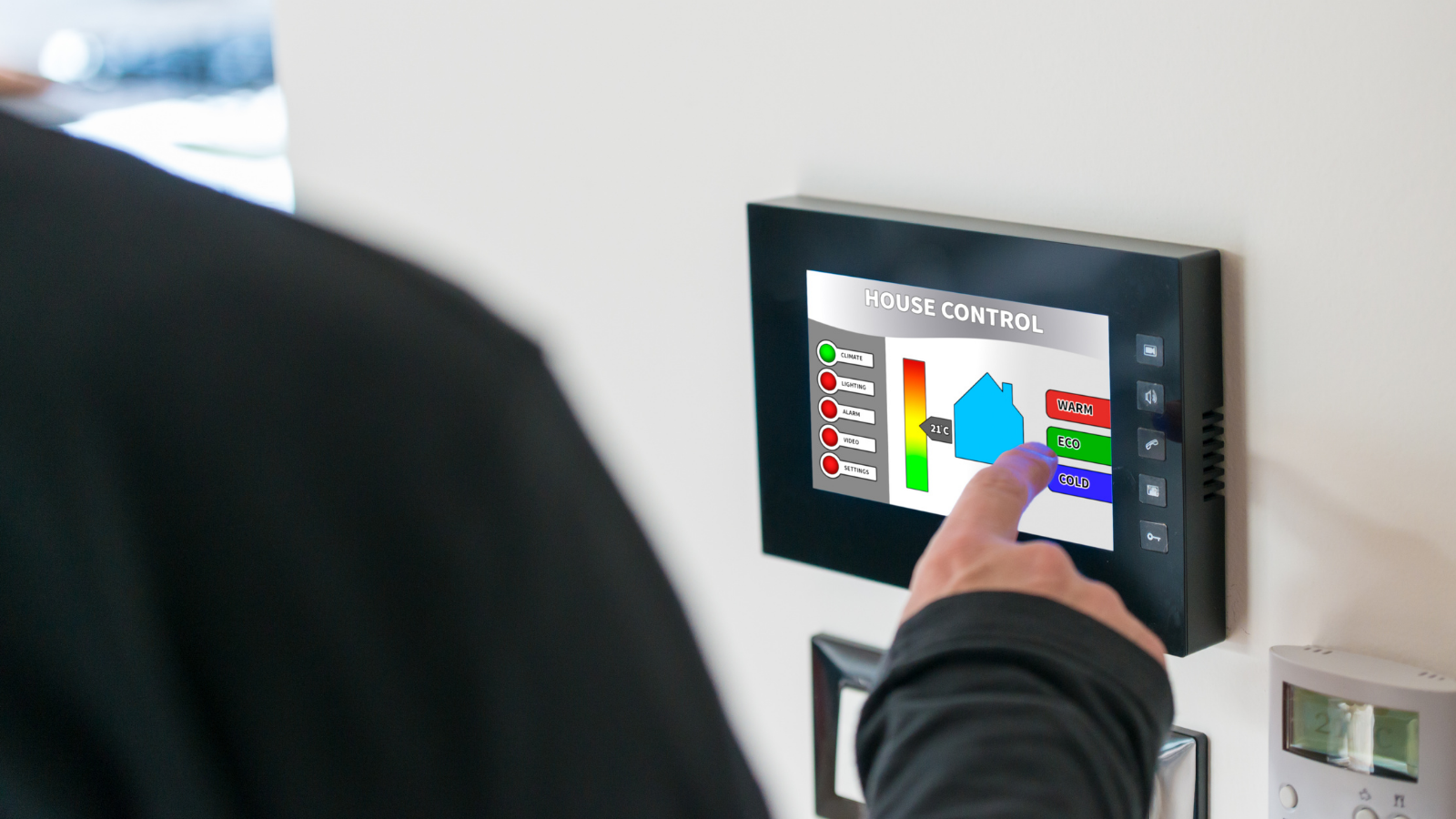
Nokia wants to power cities of the future, and as it gears up for Mobile World Congress, the Finnish networking and digital communications giant is releasing a collection of network innovations, Internet of Things (IoT) tools, and a blockchain-based data platform for digital citites.
The company announced three core elements of its smart cities infrastructure: an IoT for Smart Cities operations center, the blockchain-based Sensing as a Service platform, and a number of coverage products, including meshed public Wi-Fi and a secure mobile virtual network operator (S-MVNO) focused on public safety.
Nokia’s goal is to automate next-gen network infrastructure within cities, while at the same time making use of all the data collected from IoT endpoints. Ultimately, the company hopes to streamline the efficiency of everything from traffic patterns to garbage pickup.
The core of the strategy is Nokia’s IoT for Smart Cities framework. Controlled through the company’s Integrated Operations Center (IOC), it’s designed to serve as an IoT command center to manage all the disparate services running across the city. Nokia said the center incorporates “cross-application data sharing, analytics, and automation,” and also comes with pre-installed modular apps including environmental sensing, parking, smart lighting, video surveillance, and waste management.
“We’re launching the integrated operations center to provide a smart hub,” said Phil Twist, Nokia’s Head of Mobile Networks Marketing and Communications. “We want to make sure it’s properly secure and scalable, so it’s easier to launch with off-the-shelf applications like video monitoring or smart parking or whatever that might be.”
The other key aspect of Nokia’s smart cities portfolio is Sensing as a Service. Using existing network base station sites augmented with IoT sensors, the idea is to possess a real-time monitoring service aggregating environmental data and analytics to detect abnormal or unusual behavior. Nokia gave examples such as illegal construction or trash burning, and the ability depending on the sensor to even detect unusual particles in the air as major cities become ever more conscious of air quality.
Sensing as a Service is built on a blockchain network developed in-house at Nokia, according to Carlijn Adema, Nokia’s Head of New Domains and Delivery Services Marketing. The service connects to whatever existing sensors are in place, looking for patterns to help the city make efficient predictions. Nokia envisions operators monetizing the service by offering data services to cities and governments, which would run on blockchain-based smart contracts allowing operators to charge for analyzed data using micro-transactions.
“We’re using blockchain for data integrity. It helps for example with micropayments,” said Adema told PCMag. “Operators can use base station around the country and put sensors there to monitor factors like temperature or humidity. That data can then be aggregated, correlated, and sold to government agencies, weather apps, etc. The micropayments are also secured by blockchain.”
The final pieces of Nokia’s smart cities vision are a number of connectivity and network solutions to tie more reliable coverage together. Twist said that commercial networks don’t always meet the requirements of public safety agencies, so the new S-MVNO for public safety is designed to bolster the availability, resilience, performance, and security of existing LTE networks and give high priority to first responders.
Nokia also announced a new cloud packet core with multi-access for converged services, additional IoT coverage using Nokia Flexi Zone cells, and meshed public Wi-Fi for indoor and outdoor connectivity access through its Nokia AirScale base stations.
Smart citites still have a long way to go, but Twist laid out Nokia’s vision for how intelligent networks will operate in the smart cities of the future.
“As we launch next-gereration 5G cores and cloud packets, the network will be able to handle different access types—LTE, 5G, radio, IoT machine communications—and make sure we’ve got the ability with these expanded services to provide combined and consistent coverage,” said Twist.
“We’re also using machine learning on our AVA Big Data platform to look at mobility patterns and hotspots,” Twist continued. “You can take advantage of network data to provide insights like making sure the travel industry can serve tourists [connectivity needs]. This is incredibly useful for planning or if a city is looking to adjust let’s say its public transportation network. We’re extracting value from data and using it in real time for specific use cases within a city.”